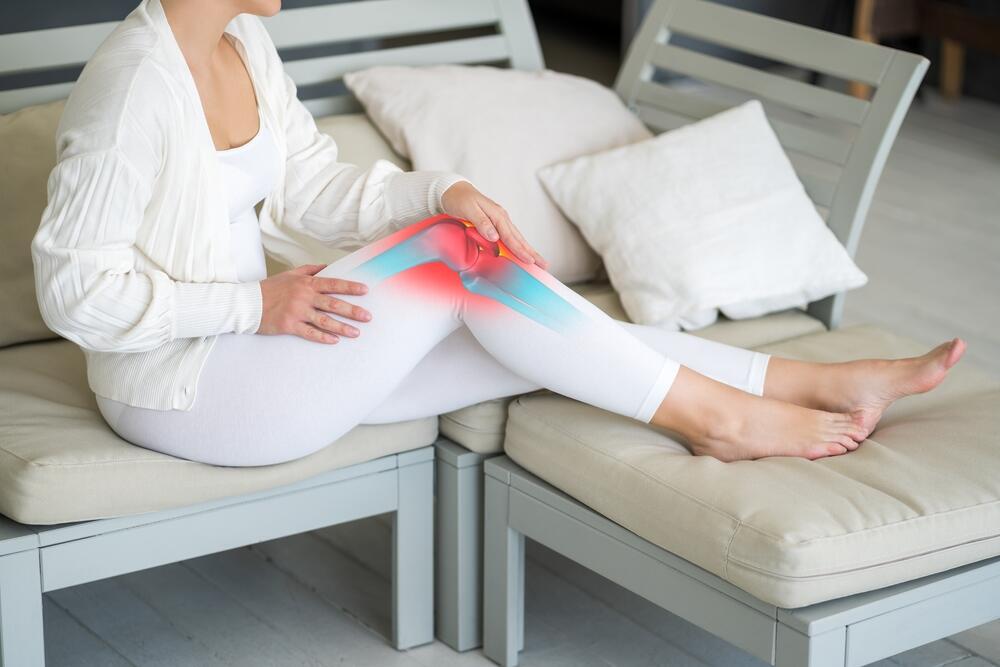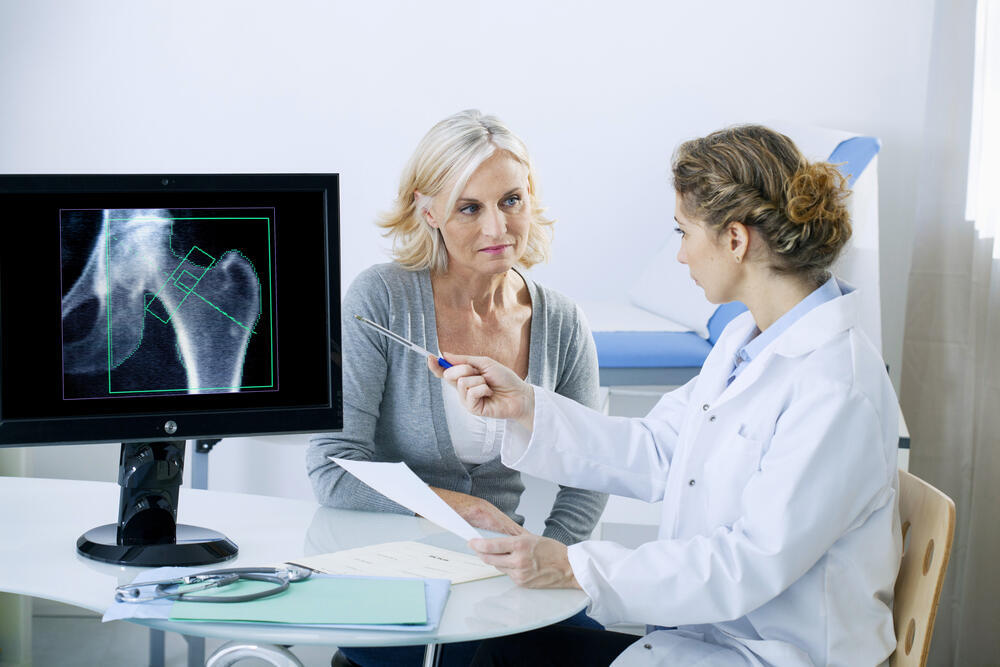Getting your Trinity Audio player ready...
Osteoporosis, commonly known as "the silent disease," is an asymptomatic condition that often goes unnoticed until the occurrence of the first fracture. Contrary to popular belief, osteoporosis is not painful and gives no warning signs of its presence. This highlights the critical need for increased awareness and early detection tests for women at an elevated risk of fractures.
Osteoporosis is the most prevalent cause of fractures in older adults across both genders. Approximately 50% of postmenopausal women and 25% of men over the age of 60 will experience an osteoporotic fracture in their lifetime. The most common fractures occur in the spine, hips and wrists, which can significantly impact mobility and overall health – both physical and mental – leading to a decline in quality of life. Alarmingly, in the elderly population, a hip fracture is associated with a significant mortality rate, reaching up to 30% within the first year post-fracture.
"In menopausal women, there is a significant decline in estrogen levels, a hormone crucial for maintaining bone health. As a result, women can lose up to 20% of their bone mass in the early years following menopause."
How to avoid fractures
Risk factors for fractures include smoking, excessive alcohol consumption, low body weight, a family history of hip fractures in a parent, prolonged steroid use, and conditions such as celiac disease, hyperthyroidism, hyperparathyroidism, medications for breast cancer treatment and early menopause. Menopause is a significant risk factor, since women undergoing menopause, typically between the ages of 45 and 55, experience a considerable drop in estrogen levels, a hormone essential for maintaining bone health. Estrogen helps maintain the balance between bone resorption and formation, and when its levels are low this balance is disrupted, accelerating bone loss. Consequently, women can lose up to 20% of their bone mass in the initial years post-menopause.
The DEXA scan (Dual Energy X-ray Absorptiometry) is an early detection test for decreased bone density, included in the health care basket for women and men over 60 and offered by health funds. The test aims to assess bone density and identify fracture risk. It is performed using a special X-ray device called a densitometer, which measures the mineral density of bones in various parts of the body, typically the spine and hip, and sometimes other areas.
The test is non-invasive and uses X-ray technology. The process is simple and painless: The patient lies on the examination table while the machine scans the tested area. The test results provide crucial information about bone condition, aiding physicians in determining appropriate treatment and preventing future fractures.
It is important to note that the radiation exposure during the test is about one-tenth of that during a chest X-ray, which is also minimal. The test takes approximately 10 minutes and requires no prior preparation. However, jewelry or other metal objects in the tested area should be removed. The test should not be performed if there is a suspicion of pregnancy.
A referral from a family doctor or any other doctor is required to perform the test. In exceptional cases related to a high risk of decreased bone density, the test is approved at a younger age. The test results provide an estimate of fracture risk and assist in deciding on the need for treatment.
Maintaining bone health
To maintain bone health, it is advisable to quit smoking and avoid excessive alcohol consumption. It is also recommended to maintain a balanced diet rich in calcium, which is important for bone health, as well as ensuring adequate vitamin D levels, responsible for calcium absorption in the intestines.
Particular emphasis is placed on weight-bearing exercises that help maintain bone strength and muscle strength, preserve balance and prevent falls.
When fracture risk is high, in addition to lifestyle changes mentioned above, medication is required to prevent bone resorption or accelerate bone formation. Hormone therapy for menopause, besides being the most effective treatment for menopause symptoms, is also indicated for preventing osteoporosis and reducing fracture risk.



